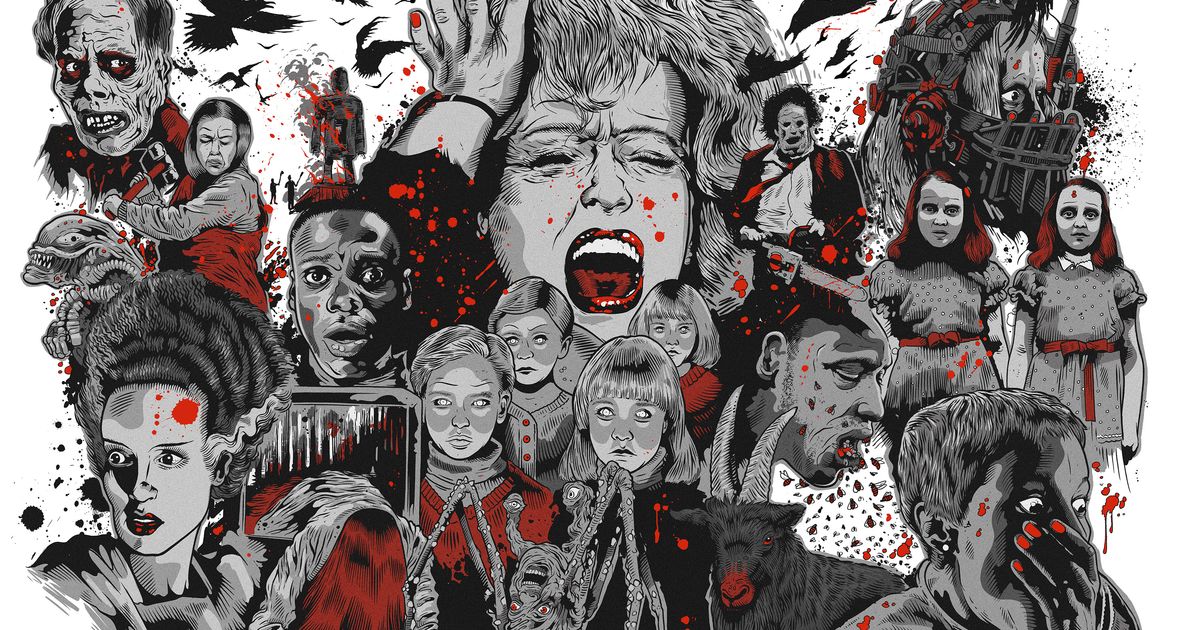The fascination with supernatural beings like vampires and werewolves has lasted for centuries, and they remain popular characters in today’s popular culture. Both have their origins in ancient folklore, and their traits and vulnerabilities have evolved over time through various forms of media. Vampires are known for their allure, immortality, and strength, but are allergic to sunlight, garlic, and crosses. Werewolves can transform into wolves, possess superhuman strength and agility, and are immune to most forms of physical damage, but are vulnerable to silver. Both continue to captivate audiences with their combination of power, mystery, and danger.
Vampires vs. Werewolves: Analyzing the Traits and Vulnerabilities of Legendary Monsters in Popular Culture
Introduction
For centuries, humans have been fascinated by the idea of supernatural beings such as vampires and werewolves. These mysterious creatures have been the subject of numerous legends and myths, and they continue to captivate audiences in popular culture today. In this article, we will explore the traits and vulnerabilities of vampires and werewolves as they are portrayed in various forms of media.
Origins of Vampires and Werewolves
Vampires and werewolves have their origins in ancient folklore and myths. The ancient Greeks, for example, had stories about vampires and werewolves. The word “vampire” comes from the Serbian word “vampir,” which means “a demon that sucks blood.” The word “werewolf” comes from Old English, “wer” meaning “man” and “wulf” meaning “wolf.” These creatures have been a part of human folklore for centuries, and their legends have evolved over time.
Vampire Traits and Vulnerabilities
In popular culture, vampires are typically depicted as attractive, charismatic, and intelligent individuals who seduce their victims in order to feed on their blood. They are immortal, and possess superhuman strength, speed, and agility. Vampires are often portrayed as being allergic to sunlight, garlic, and crosses. They are also vulnerable to wooden stakes through the heart, decapitation, and fire.
Interestingly, the concept of a vampire being allergic to sunlight is a relatively recent addition to the vampire mythos. In Bram Stoker’s novel, Dracula, the title character is able to move about in daylight, although he is weakened by it. It wasn’t until the 1922 film, Nosferatu, that vampires were first depicted as being killed by sunlight.
Werewolf Traits and Vulnerabilities
Werewolves are typically portrayed as humans who can transform into wolves or wolf-like creatures. They are often depicted as being driven by a fierce and uncontrollable urge to hunt and kill. Werewolves possess superhuman strength, speed, and agility, and are also immune to most forms of physical damage. They are, however, vulnerable to silver, which is often portrayed as the only way to kill them.
Unlike vampires, werewolves are not typically shown as being vulnerable to traditional religious symbols such as crosses. However, they are often shown to be vulnerable to other forms of magic or supernatural abilities.
Conclusion
In conclusion, vampires and werewolves continue to be popular characters in popular culture due to their intriguing combination of power, mystery, and danger. Their traits and vulnerabilities have evolved over time, and will likely continue to do so in the future. Whether they are heroes or villains, these legendary monsters will always captivate audiences with their supernatural abilities and their uncanny ability to evoke fear and fascination in equal measure.
